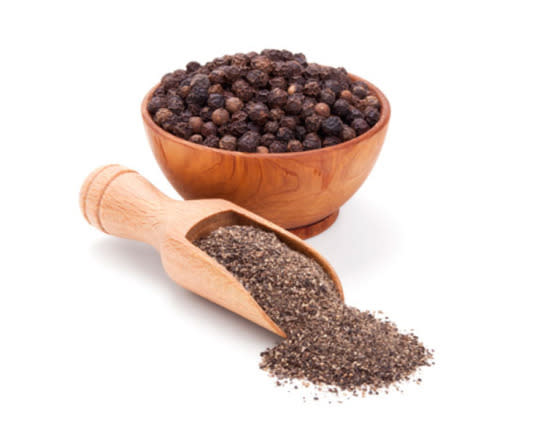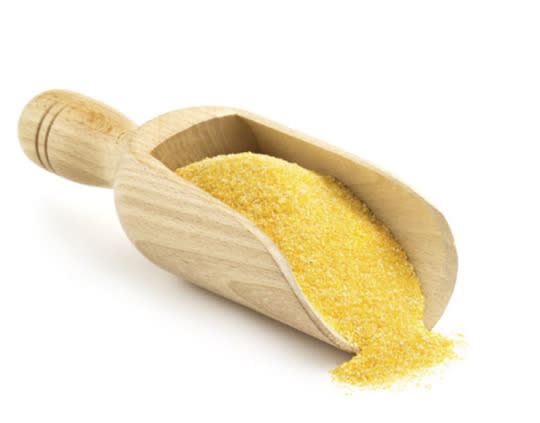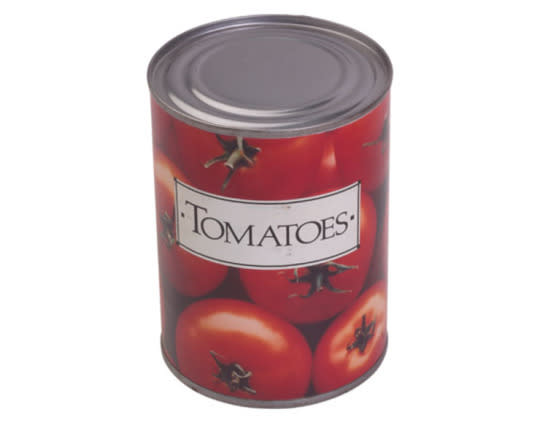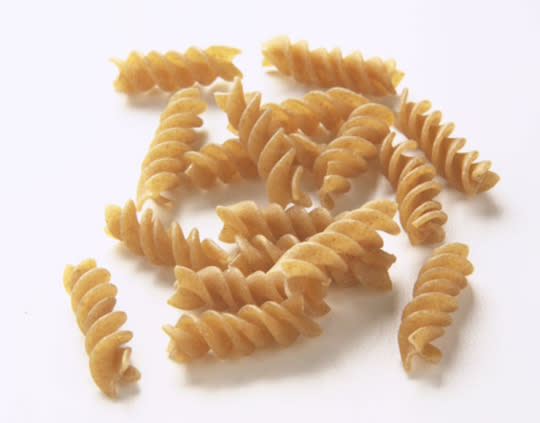Here's How Many Bugs, Rat Hairs and Cigarette Butts the FDA Allows in Your Food

These are the bonus ingredients that might be hiding in your lunch (Image by Thinkstock)
The FDA Defect Levels Handbook might be the most disgusting government manual in existence. It spells out how much mold, rot, parasites, bugs, and other contamination the administration will allow in your food.
So how does stuff like that get into your lunch? It’s natural, says Martin Bucknavage, a food safety specialist at Pennsylvania State University.
“Our food comes from outside,” he says. “When you harvest grain, there will be a bug in there somewhere.”
Other contamination—like mouse poop—can occur after a crop has been harvested, when the food is being processed at a factory, stored, or in transit.
Sure, it’s gross to read about the unwanted components in your food, but the FDA sets the limits at levels that pose no threat to your health, according to the handbook.
“You shouldn’t be worried,” says Bucknavage. “A grasshopper leg in your peanut butter won’t make you sick.”
(For more than 2,000 easy tips that will make a difference in your health, check out The Better Man Project.)
And the FDA restrictions don’t give a food manufacturing company the right to permit contamination just below the allowable limit. Food processing systems are much cleaner than they used to be, so the probability of contamination is little, says Bucknavage.
However, contaminants can be an indicator that something is wrong, he says. A mouse hair in your macaroni won’t hurt you, but too many hairs can be evidence of an infestation at the factory. That could mean pathogens—bacteria, viruses, or microorganisms that can cause disease—make it into your food.
It’s for this exact reason that the FDA sets limits, says Bucknavage.
Keep reading for a list of 10 extra “ingredients” allowed in your food. Bon appetit!

(Photo by Rodale Images, Rodale Inc)
Bugs in Your Broccoli
Tiny bugs such as aphids, thrips, or mites can hitch a ride from the broccoli field into that bag of frozen veggies you’re about to stir-fry. The FDA’s limit is an average of 60 or more creatures per 100 grams—that translates to 204 pests in your 12-ounce bag of frozen broccoli.

(Image by Thinkstock)
Cigarette Butts in Your Pepper
Your favorite spice can contain traces of foreign matter, which the FDA casually defines as “sticks, stones, burlap bagging, cigarette butts, etc.”

(Image by Thinkstock)
Mouse Poop in Your Cornmeal
Ever notice some dark specks in your cornmeal? The handbook allows for up to 13 “fragments” of rodent excreta in a 24-ounce container.

(Image by Thinkstock)
Maggots in Your Tomatoes
The government permits three maggots in your 28-ounce can of tomatoes.
Related: The Best Way to Wash Your Vegetables

(Photo by Mitch Mandel)
Grasshopper Legs in Your Peanut Butter
In a regular-sized 16-ounce jar of peanut butter, the FDA will allow up to 136 insect fragments and four rodent hairs.

(Image by Thinkstock)
Parasites in Your Rockfish
The FDA won’t allow more than 3 percent of filets to contain copepods, parasitic crustaceans that dwell in fish flesh and form pus pockets there.

(Photo by Mitch Mandel)
Rat Hair in Your Pasta
You won’t find more than nine rodent hairs in your 16-ounce box of pasta.

(Photo by Brand X Pictures)
Bugs in Your Beer
There must be less than 2,500 aphids per 10 grams of hops. (See, there’s protein in your beer!)
Related: The 9 Best Pumpkin Beers on the Planet

(Image by Thinkstock)
Fly Eggs in Your Raisins
In a 15-ounce box of golden raisins, the government will not allow more than 65 fly eggs.

(Image by Thinkstock)
Caterpillars in Your Spinach
The FDA has a surprisingly complicated formula for spinach caterpillars. In a bulk amount of 24 pounds of frozen spinach, there has to be two or more larvae that are at least 3 millimeters long or caterpillars—when lined up head to abdomen—whose total length equals 12 millimeters for the government to take action.
By Ali Eaves
More from Men’s Health:
